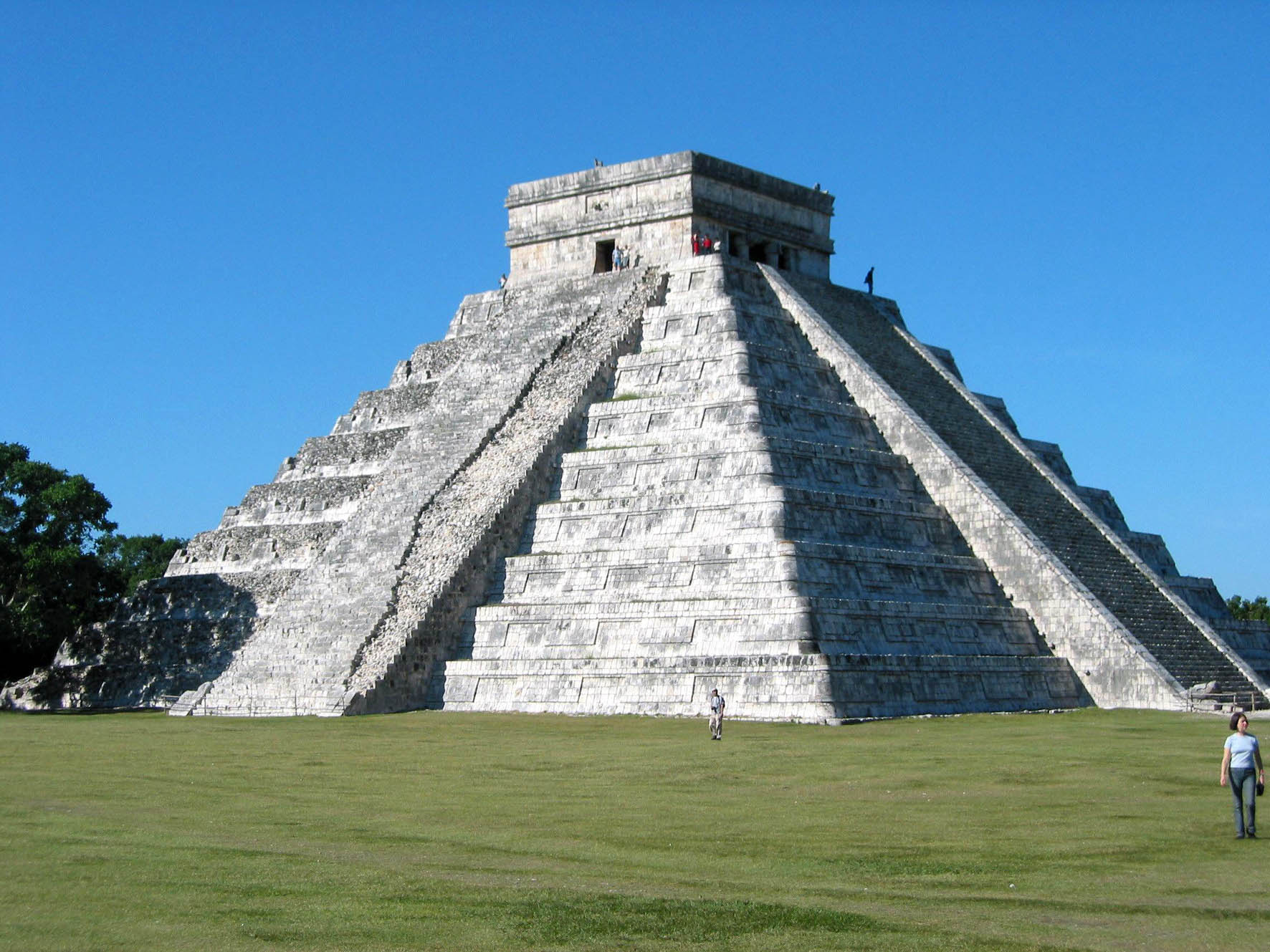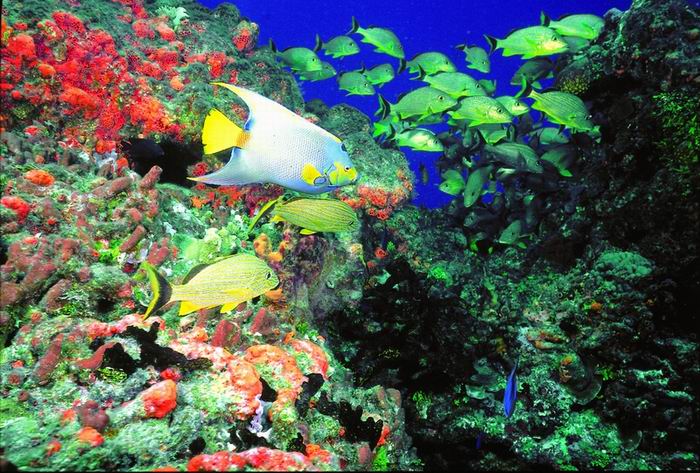 Just a short drive from San Cristobal de Las Casas, lies the sleepy agricultural village of San Juan Chamula. It is a Mayan village, a place where Tzotzil is still far more common than Spanish. Over the years, the people of the village have developed a very unique religious tradition. The patron saint is San Juan Bautista, and his name graces the church in this photo. From the outside, the church look like any other local church built by the Catholic authorities over the years. But stepping inside it´s like no other place on the planet (and you´ll have to take my word for it, as cameras are stricly fobidden inside.)
Just a short drive from San Cristobal de Las Casas, lies the sleepy agricultural village of San Juan Chamula. It is a Mayan village, a place where Tzotzil is still far more common than Spanish. Over the years, the people of the village have developed a very unique religious tradition. The patron saint is San Juan Bautista, and his name graces the church in this photo. From the outside, the church look like any other local church built by the Catholic authorities over the years. But stepping inside it´s like no other place on the planet (and you´ll have to take my word for it, as cameras are stricly fobidden inside.)To be sure, the structure is Catholic - there is a colorful baptismal fount just inside, a choir loft, and an altar. However, the tile floor contains no pews at all. Along the left wall of the church, all the way to the altar are glass boxes containing three foot tall statues of various male Catholic saints. The right wall contains a similar wall, but most of those saints are women, with a large, christmas light star for the Virgin of Guadaloupe, whose shrine is a painting rather than a statue and it a good 6 feet tall. Along each wall, in front of the statues, are tables totally covered with candles in small glasses. Hanging from the center of the ceiling to each wall are four large, patterned sheet like tapestries with golden fringe, spaced from front to back.
But the floor of the church is where the action is. In the center of the main floor of the church (where the pews ¨should be¨) kneel and sit numerous villagers in traditional dress, some in small groups and some alone, lighting tall white candles. Unlike the tables, these candles, some of which are striped red-white-green-white, are kept in place with candle wax, and no glasses are used. The villagers lay and kneel on pine needles, in front of the candles or a saint, which leaves a strong odor throughout the church.
Perhaps most interesting is the altar - there is a pulpit, off to the side, which is assumedly never used (the people of the village perform only the sacrement of baptism and do not hold mass). Behind the altar is a large, baroque like frame, with four posts and three shelves. It is totally unused. On several tall tables lie three, roughly life sized images - Jesus Christ, San Juan Batista, and San Juan Menor. What is interesting is that the images run as described from left to right - Christ is to the left of John the Baptist, who lies in the center. In front of these statues lie tables full of candles in glasses.
Interestingly, the two most common offerings I saw at the church was soft-drinks and locally made rum (who knew that the creator-god liked pepsi?). I´m told chickens are brought and insense, too, but I didn´t see that. When the candles get down to a low point or burn out on the tile floor, a local volunteer scrapes it up and disposes of the wax.
Anthropologists understand that this is basically just indigenous belief in Catholic facade (to quote my guide), but whatever it is it is a strange, and mystical place here high in the mountains of Chiapas.







No comments:
Post a Comment